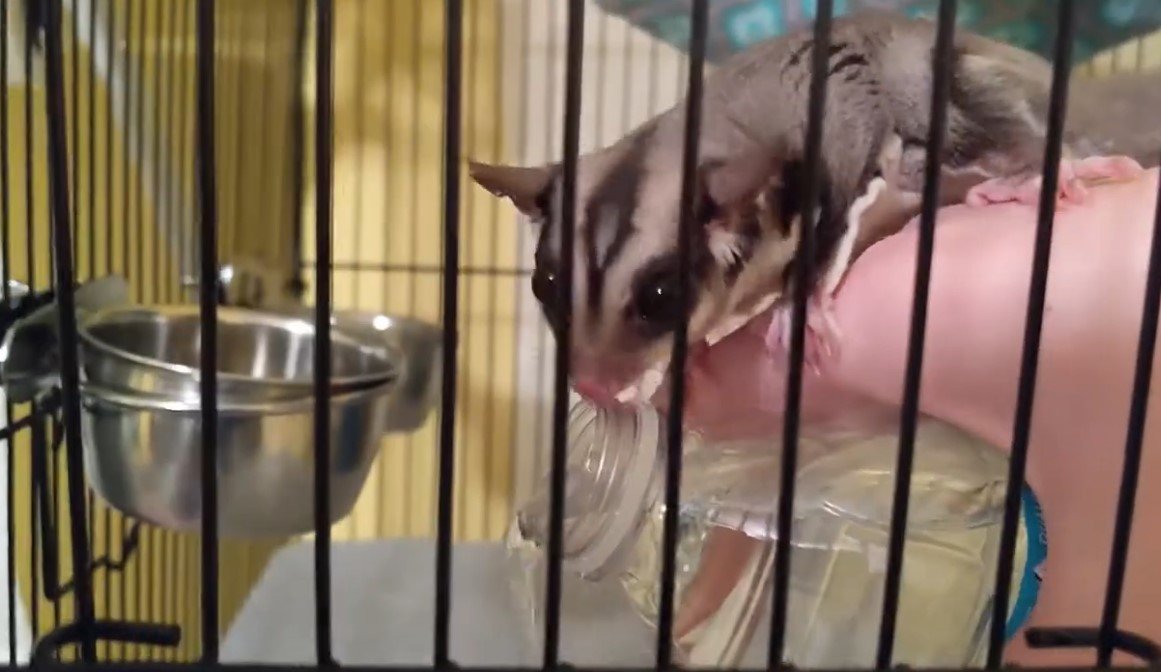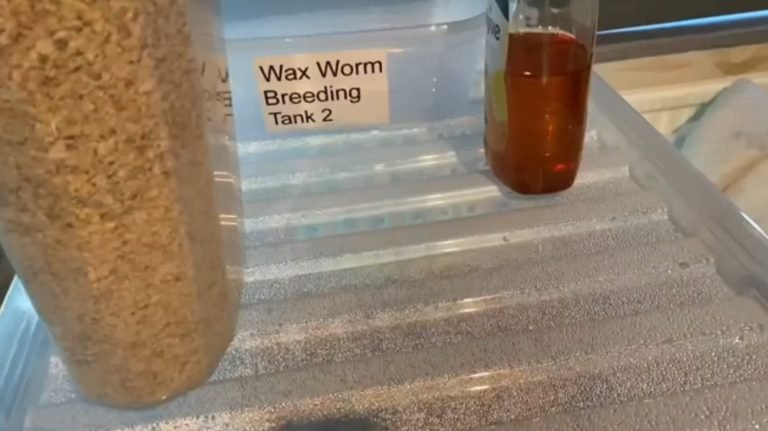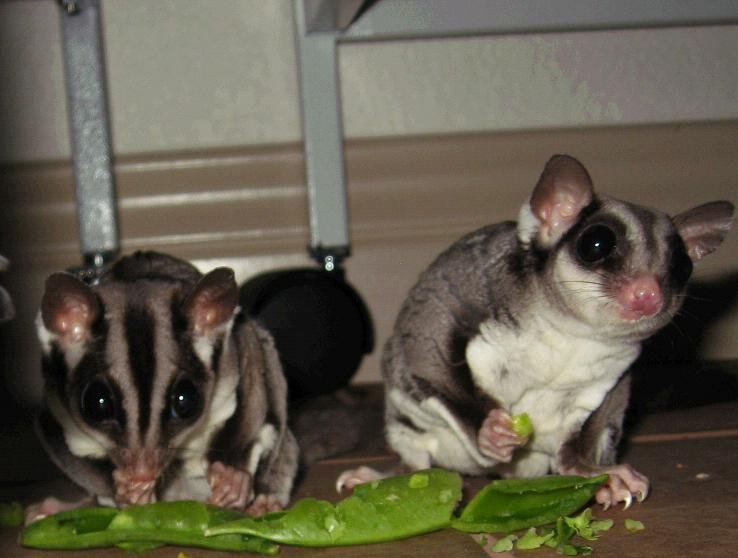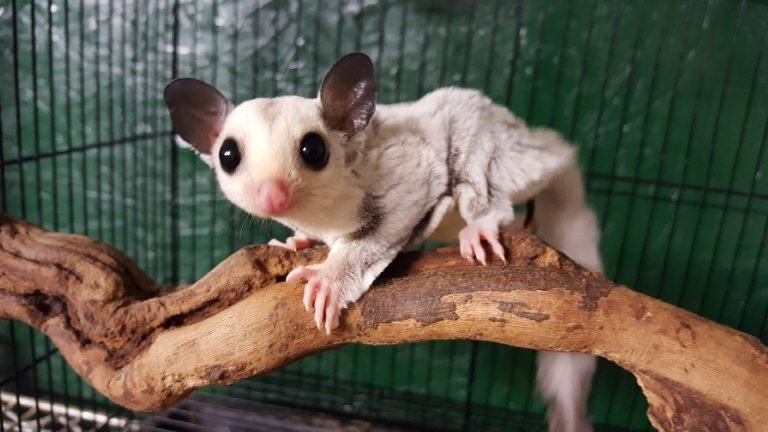What Do Sugar Gliders Drink Out Of
What Do Sugar Gliders Drink Out Of: Hydration for Happy Gliders
As a proud sugar glider owner, you may wonder what the best way is to provide them with a refreshing drink. After all, these little marsupials have unique dietary needs that require careful attention. So, what do sugar gliders drink out of? Let’s dive into the fascinating world of sugar glider hydration.
Sugar gliders primarily drink water, just like most other animals. However, due to their small size and specific preferences, it’s essential to consider their drinking habits and provide them with suitable options. Here, we’ll explore the various ways in which sugar gliders can quench their thirst and the best practices for ensuring they stay hydrated.
Water: The Key to Sugar Glider Hydration
Water is an essential component of any living creature’s diet, including sugar gliders. Just like humans, they need a steady supply of water to help maintain bodily functions, regulate body temperature, and aid in digestion. However, ensuring your sugar glider drinks enough water may require a little extra effort on your part.
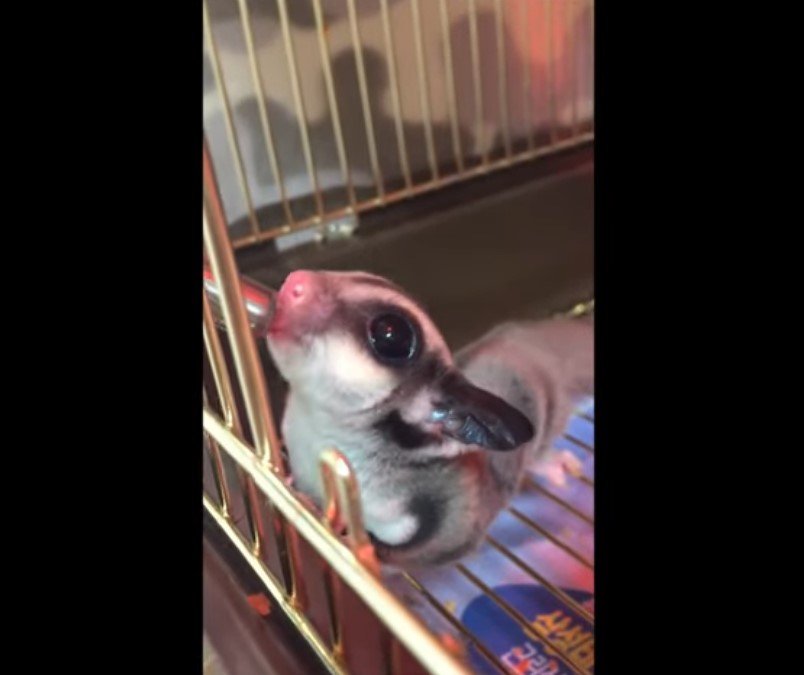
Preference for Fresh Water
Sugar gliders have a strong preference for fresh water. They seem to be instinctively drawn to water sources that resemble natural flowing streams, such as drips or running water. Stale or stagnant water is less appealing to them and may even be off-putting, leading to inadequate hydration.
Bowl or Dish
One common method for offering water to sugar gliders is through a small bowl or dish. Choose a shallow dish made of ceramic or another non-toxic material. Avoid using plastic, as sugar gliders may chew on it and potentially ingest harmful substances.
Ensure the dish is securely attached and placed in a location where your sugar gliders can easily access it without risk of tipping over. Regularly monitor the water level and change it as needed to keep it fresh and enticing for your furry friends.
Water Bottles
Another option to consider is a water bottle designed specifically for sugar gliders. These bottles typically feature a nozzle and a metal ball that helps release a controlled amount of water when the glider licks or gnaws at it.
When using a water bottle, ensure that it is securely attached to the cage and positioned at a suitable height for your sugar gliders to reach comfortably. Make sure to clean the nozzle regularly and change the water frequently to prevent bacterial growth.
Fruits and Vegetables
Aside from regular water consumption, sugar gliders can also obtain hydration from the foods they eat. Fruits and vegetables, in particular, have high water content and are a natural source of moisture for these marsupials. Including a variety of fresh produce in their diet can help supplement their hydration needs.
Some hydrating fruits and vegetables that are safe for sugar gliders to consume include cucumber, watermelon, grapes, and leafy greens like lettuce or spinach. However, remember to introduce new foods gradually to prevent gastrointestinal upset and always consult a veterinarian for specific dietary recommendations.
Frequently Asked Questions
1: How much water should I provide for my sugar glider?
Sugar gliders have small bodies and relatively low water requirements compared to larger animals. Providing access to clean water in a suitable container or bottle along with hydrating foods like fruits and vegetables should be sufficient. However, it’s critical to regularly monitor the water supply and refill as needed to ensure your gliders stay hydrated.
2: Can sugar gliders drink milk or other beverages?
No, sugar gliders should not consume milk or other sugary or caffeinated beverages. Their digestive systems are not designed to process dairy or the additives found in such drinks. Stick to clean, fresh water and hydrating foods as the main sources of hydration for your sugar gliders.
3: Are there any signs of dehydration I should watch for in my sugar glider?
Yes, there are a few signs that may indicate dehydration in sugar gliders. These include lethargy, dry mouth or nose, sunken eyes, reduced appetite, or changes in urine color or consistency. If you notice any of these symptoms, it is crucial to consult with a veterinarian to ensure your sugar glider receives appropriate care.
Final Thoughts
Proper hydration is vital for the overall health and well-being of your sugar gliders. Providing them with fresh water in a suitable container or water bottle, along with a variety of hydrating fruits and vegetables, will help ensure they stay properly hydrated. By paying attention to their preferences and monitoring their water intake, you can contribute to their overall happiness and longevity as a sugar glider owner.

